Malaria
Artist: Maria Martinetti Stiavelli
Date: 1888
Classification: Painting
Dimensions: 140 x 222 cm
Materials: Oil on canvas
Adopted By: The Canada Chapter
Description
NORMAL PRIORITY PROJECT
TOTAL COST: € 18.996,39 ($ 18,567.07)
Restoration Procedures
-
Optimizing the functionality of the support frame with some modifications
-
Placing Japanese paper on the surface of the painting to protect the pigments during the removal of the support frame from the canvas
-
Color fixing with thermoplastic resin application
-
Realization of the strip-lining along the edges for a better anchorage of the frame
-
Remounting the painted canvas on the modified frame
Detail
Inventory N°: 43336
Artist: Maria Martinetti Stiavelli
Date: 1888
Dimensions: 140 x 222 cm
Materials: Oil on canvas
Wishbook year: 2023
Malaria - Final Restoration Report
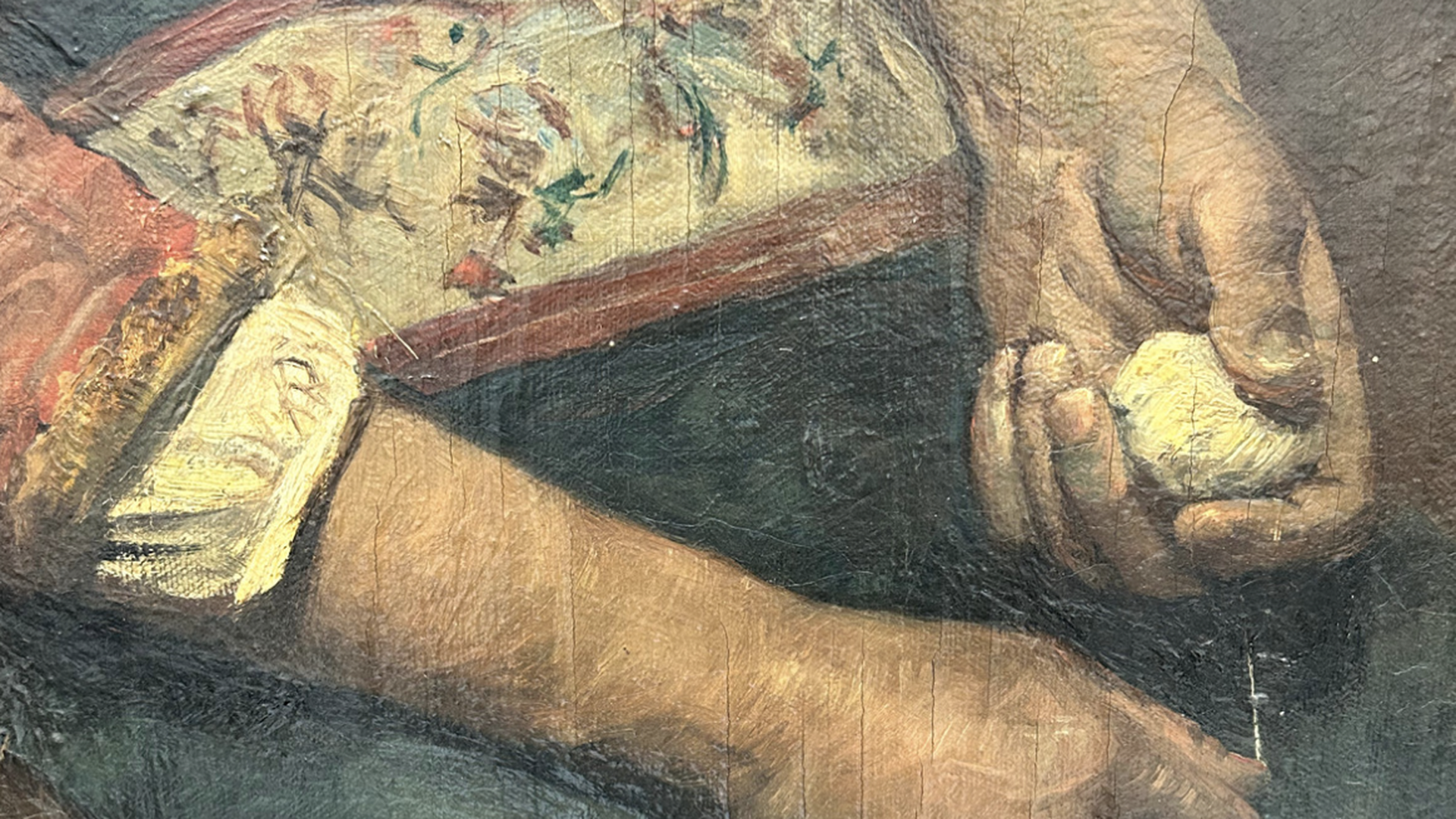
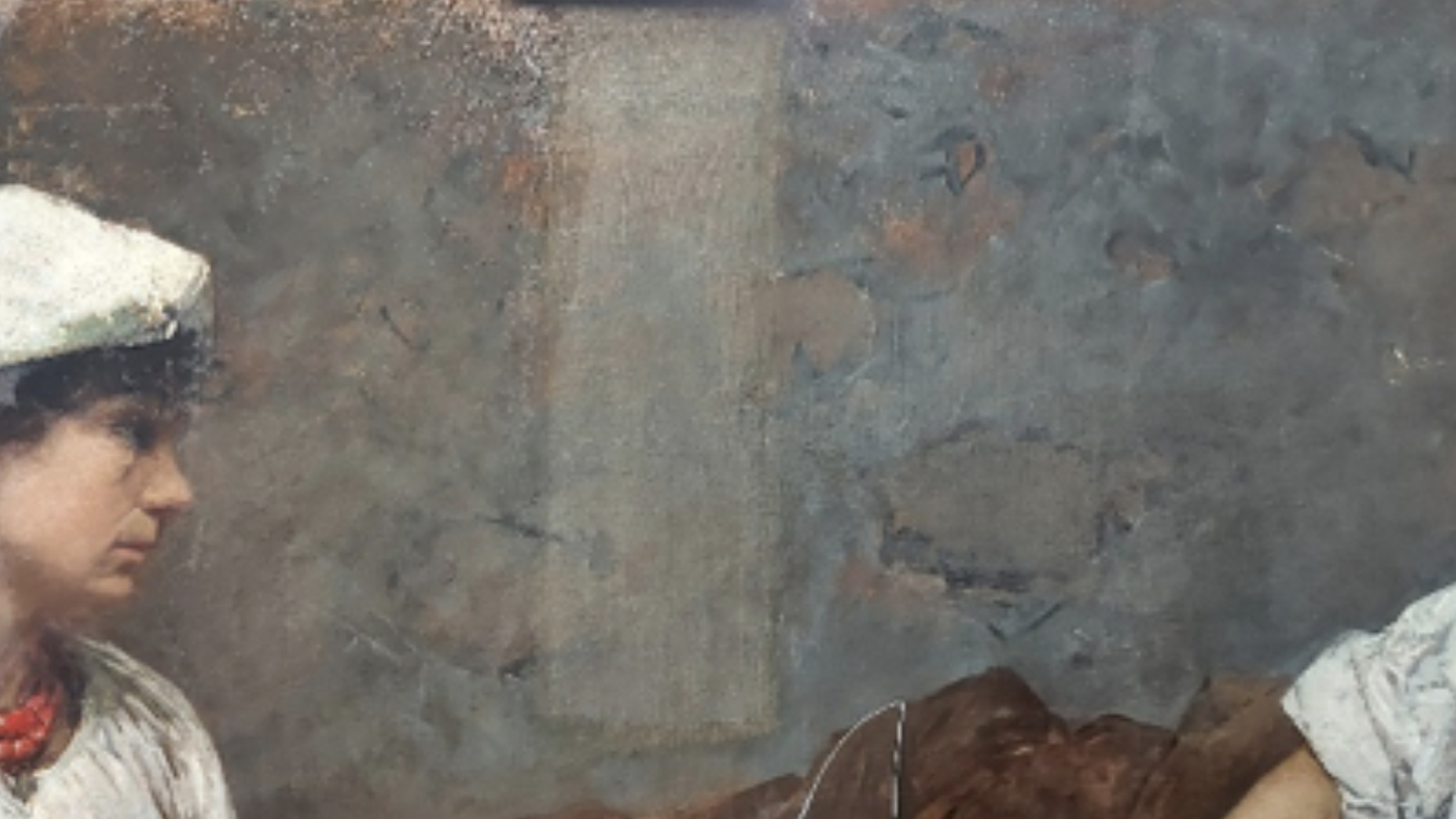

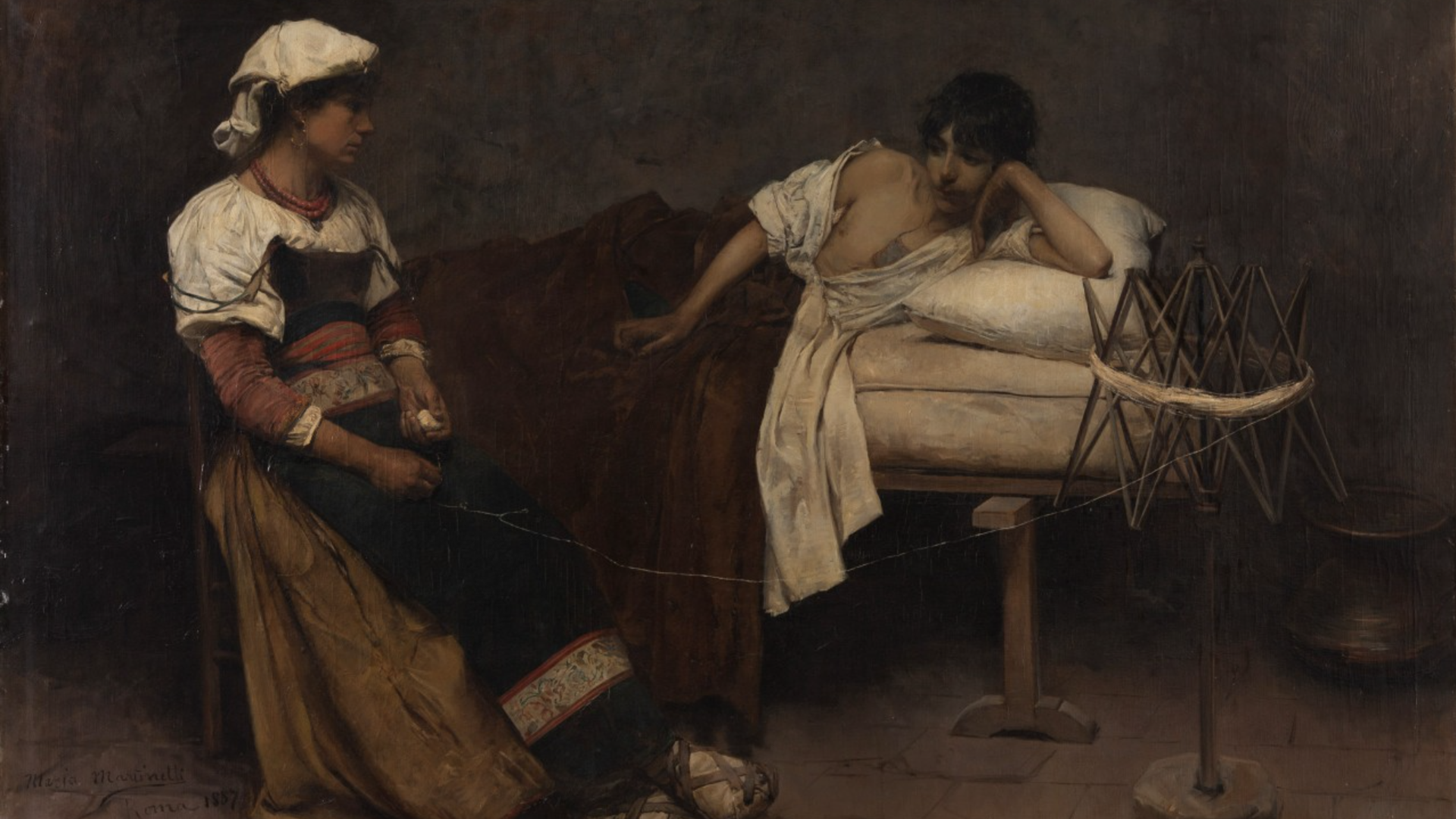
The wooden frame no longer has the angular expansion devices called "wedges." In addition, restorers have applied wooden dowels in the upper lath for wall display. Therefore, extensive functionality is prevented by large nails blocking the crossbeams. The textile backing has several undulations at the four corners due to the lack of canvas tension; several "spots" are observed on the back. The pictorial surface has a multitude of pronounced vertical cracks and gaps. The original color scheme was completely altered by heavy layering of non-original acrylic paints and many retouches.
The initial phase of the intervention included a methodological approach based on preliminary imaging analyses to define the conservation status and study the materials of the work. The restorer carried out the following procedures: induced ultraviolet fluorescence false-color infrared 850nm infrared shots allow observations of pictorial variations from the current and visible image. In this specific case, there was an "afterthought" and a change in the thumb of the lying character's right hand, the volume of the pillow, and a shift in the coral necklace FTIR analysis of substances such as paints and pigments The cleaning gave surprising results. The newfound chromatic value of the colors has given us back a realistic, almost three-dimensional work whose pictorial details underscore the artist's talented execution. Removing the thick and uneven layer of non-original acrylic paint from the background has brought to light details of the lacunose interior plaster of the humble room in which the scene is depicted. Upon completion of the cleaning phase, the restorer will approach the total treatment of the support, aimed at eliminating the undulation defects in the four corners and the pronounced vertical cracks that, in addition to creating considerable aesthetic damage, could lead to the dangerous lifting of the paint film.

Malaria
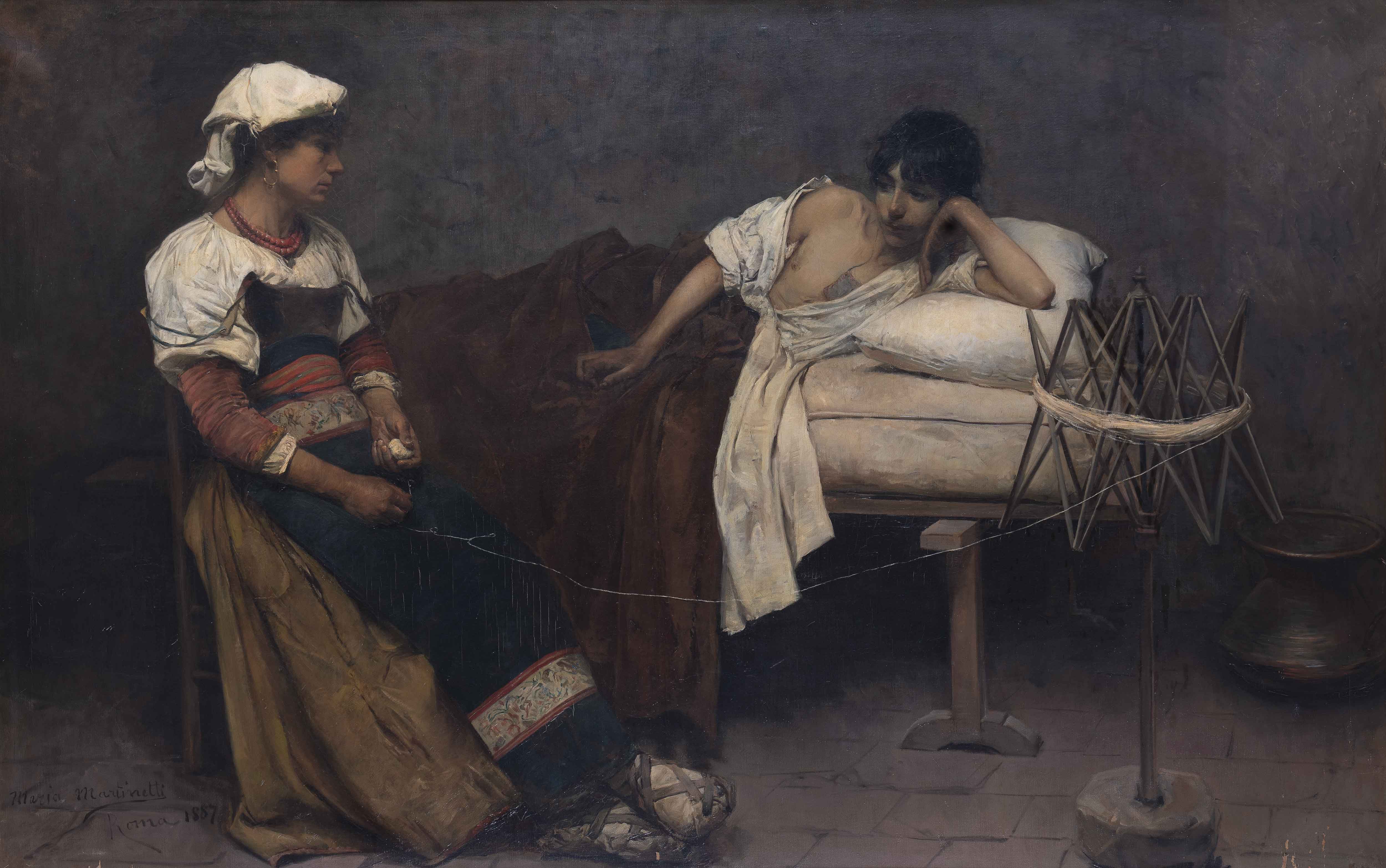
Details
Adopted by: The Canada Chapter
Patrons: Joanna Wright and Drew Tumbach & The Canada Chapter
Inventory: 43336
Artist: Maria Martinetti Stiavelli
Date: 1888
Classification: Painting
Materials: Oil on canvas
Dimensions: 140 x 222 cm
Department: XVII-XVIII Century Art
Laboratory: Painting & Wood
Wishbook year: 2023
Description
NORMAL PRIORITY PROJECT
TOTAL COST: € 18.996,39 ($ 18,567.07)
Restoration Procedures
-
Optimizing the functionality of the support frame with some modifications
-
Placing Japanese paper on the surface of the painting to protect the pigments during the removal of the support frame from the canvas
-
Color fixing with thermoplastic resin application
-
Realization of the strip-lining along the edges for a better anchorage of the frame
-
Remounting the painted canvas on the modified frame
Media
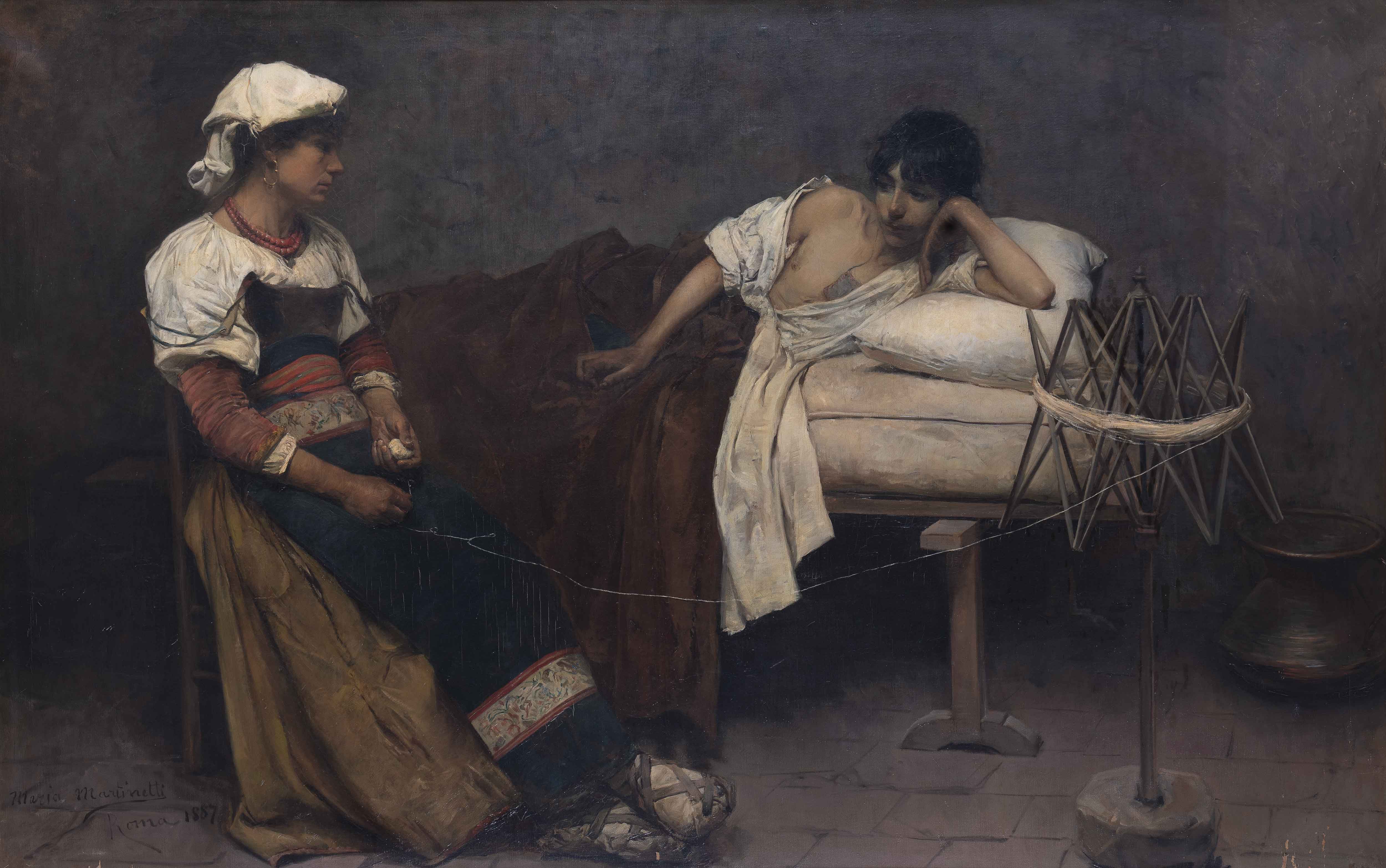
Malaria
Restorations Update: Malaria - Final Restoration Report
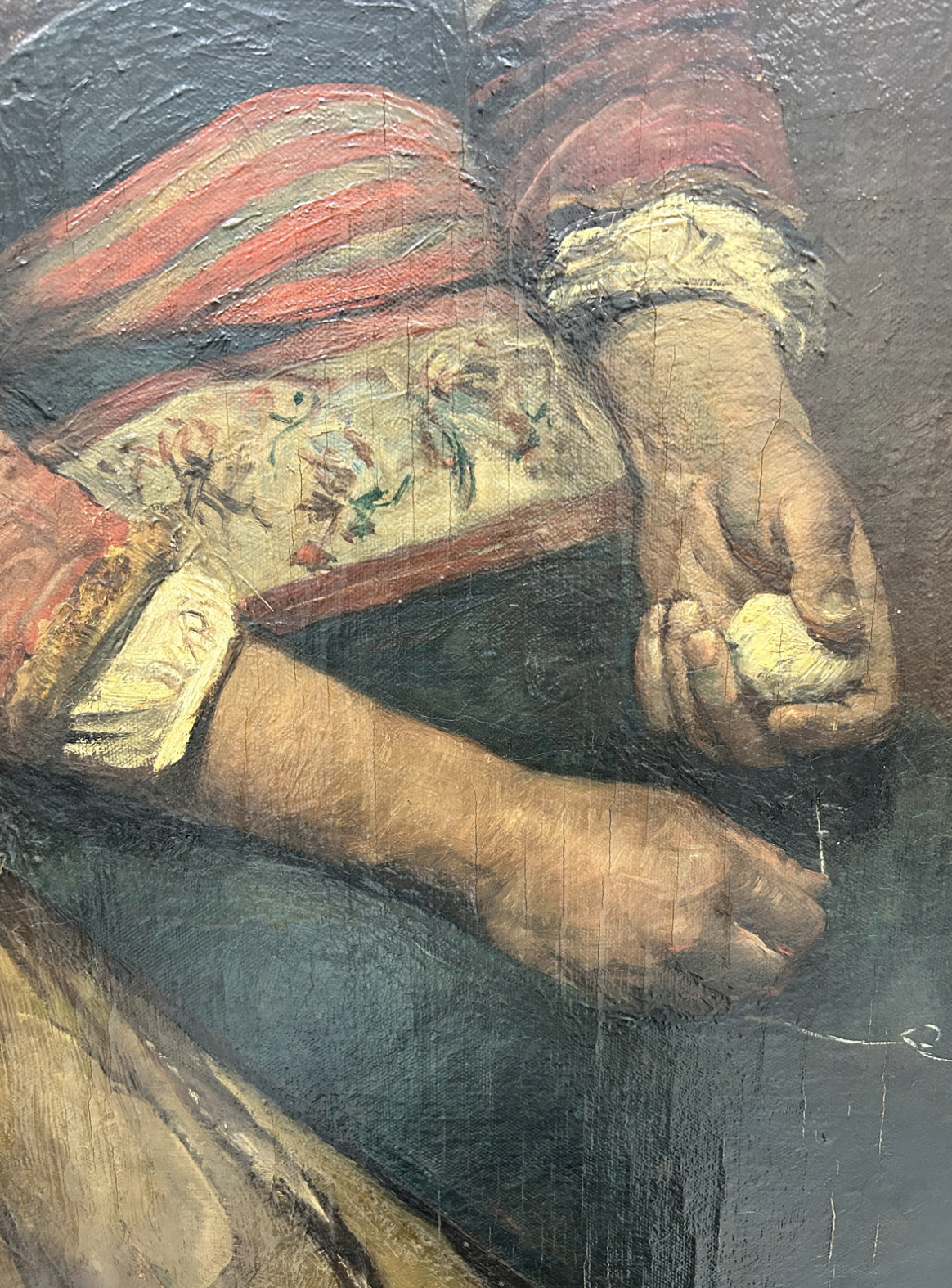
The wooden frame no longer has the angular expansion devices called "wedges." In addition, restorers have applied wooden dowels in the upper lath for wall display. Therefore, extensive functionality is prevented by large nails blocking the crossbeams. The textile backing has several undulations at the four corners due to the lack of canvas tension; several "spots" are observed on the back. The pictorial surface has a multitude of pronounced vertical cracks and gaps. The original color scheme was completely altered by heavy layering of non-original acrylic paints and many retouches.
The initial phase of the intervention included a methodological approach based on preliminary imaging analyses to define the conservation status and study the materials of the work. The restorer carried out the following procedures: induced ultraviolet fluorescence false-color infrared 850nm infrared shots allow observations of pictorial variations from the current and visible image. In this specific case, there was an "afterthought" and a change in the thumb of the lying character's right hand, the volume of the pillow, and a shift in the coral necklace FTIR analysis of substances such as paints and pigments The cleaning gave surprising results. The newfound chromatic value of the colors has given us back a realistic, almost three-dimensional work whose pictorial details underscore the artist's talented execution. Removing the thick and uneven layer of non-original acrylic paint from the background has brought to light details of the lacunose interior plaster of the humble room in which the scene is depicted. Upon completion of the cleaning phase, the restorer will approach the total treatment of the support, aimed at eliminating the undulation defects in the four corners and the pronounced vertical cracks that, in addition to creating considerable aesthetic damage, could lead to the dangerous lifting of the paint film.
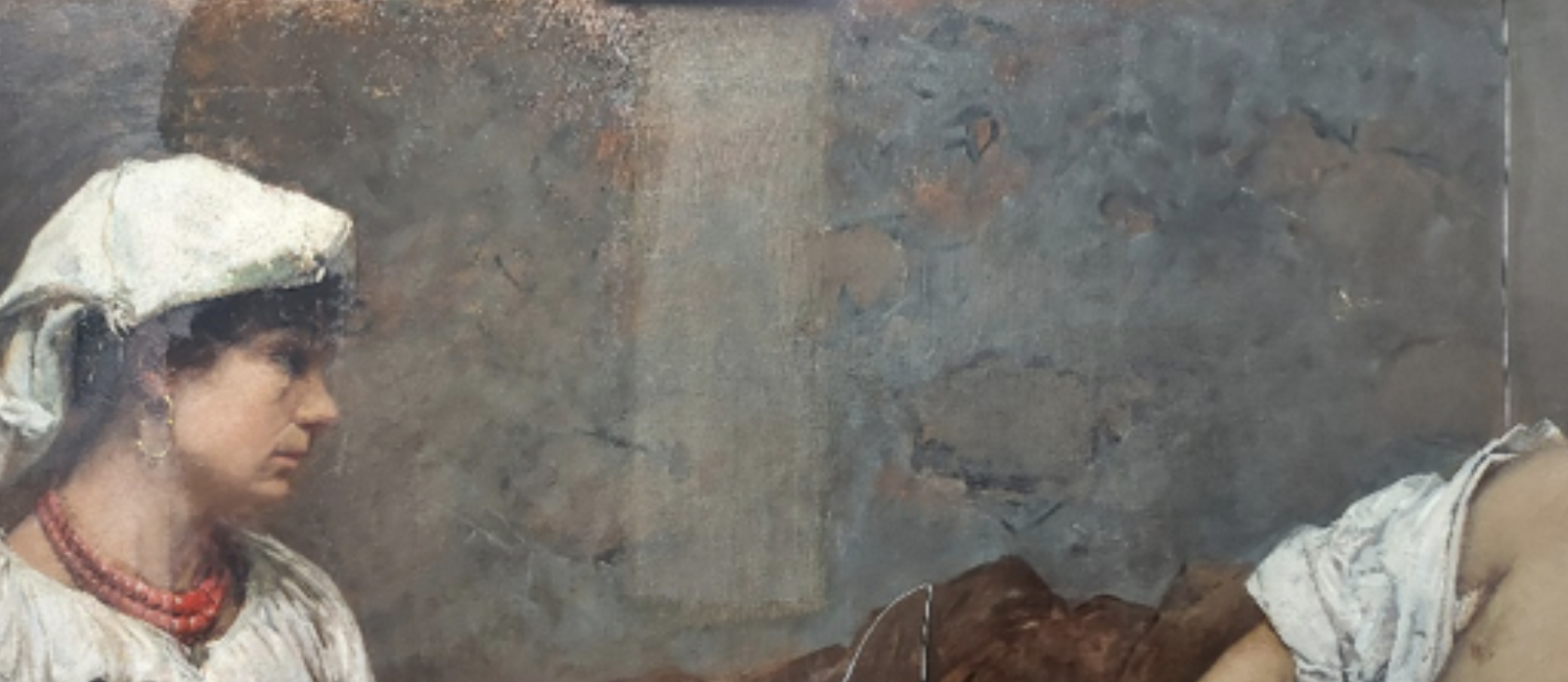
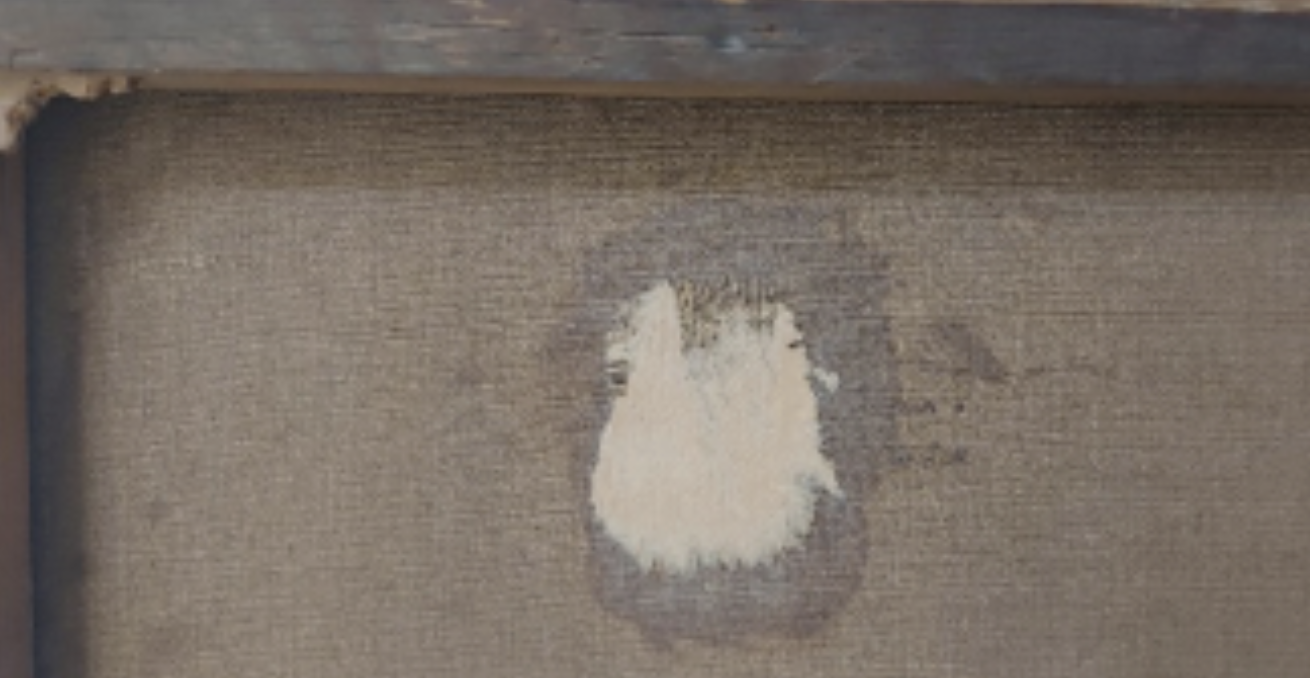
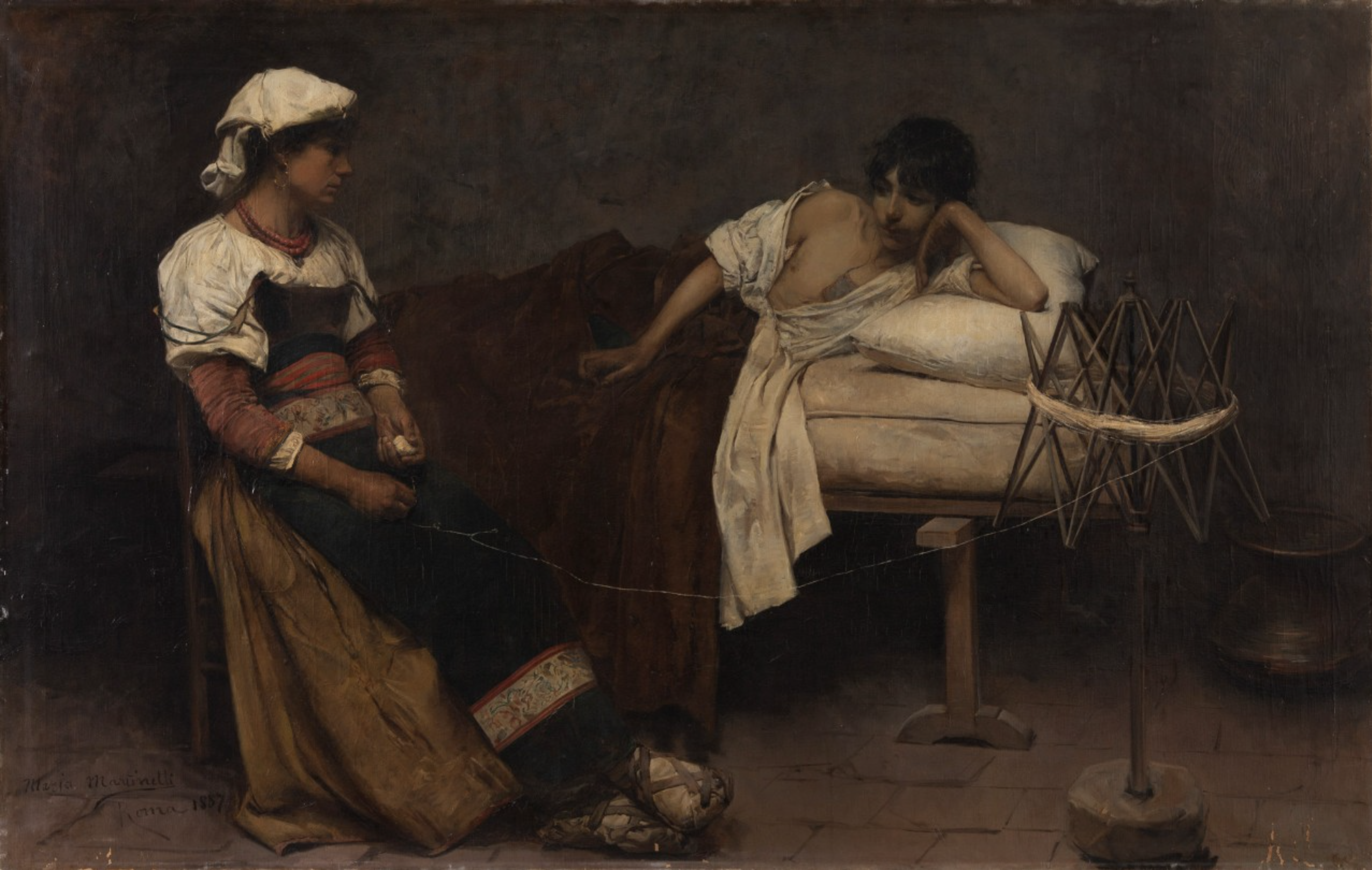

© 2026 Patrons of the Arts
in the Vatican Museums
Vatican Museums V-00120,
Vatican City State (Europe)
+39 0669864499
